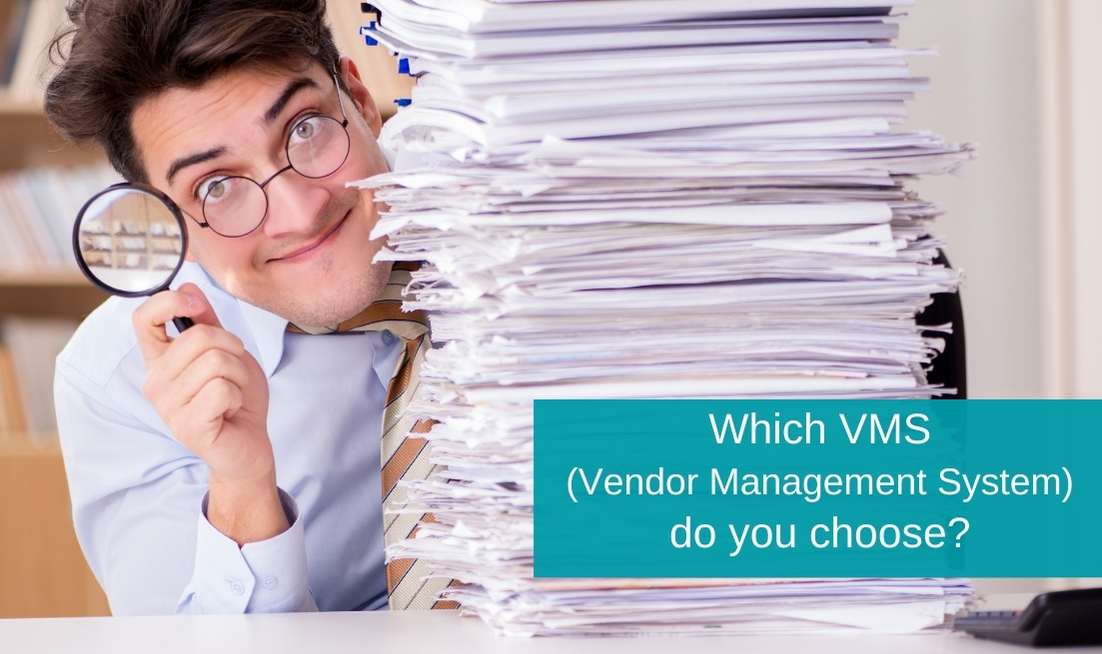In the ever-evolving world of business and external workforce technology, selecting the right Vendor Management System (VMS) is pivotal for efficient operations and supporting your strategic external workforce goals. The “best” system is not a one-size-fits-all solution; it varies based on your organization’s current and future needs, IT infrastructure, and integration capabilities.
Understanding your functional requirements
Before diving into the myriad of VMS options, it’s crucial to assess your functional requirements both for the present and the future. Consider:
- Current and future Needs: What are your immediate vendor management needs? How do you anticipate these evolving over time? A system that scales with your business goals and adapts to changing contingent workforce market dynamics is essential.
- Feature Set: Evaluate the features offered by different VMS solutions. Do they align with your specific needs like vendor selection, performance tracking, risk management, and compliance monitoring?
- User Experience: The ease of use and the learning curve for new systems can significantly impact hiring manager user adoption. A VMS with an intuitive interface and robust support can enhance productivity.
Integration with existing IT architecture
A VMS should seamlessly integrate with your existing IT architecture. This integration is vital for two key processes: onboarding and offboarding of contingent workers and their possible vendors.
- Onboarding: A smooth onboarding process adds value for a successful contingent worker relationship. Look for systems that facilitate efficient onboarding, including compliance checks and contract management.
- Offboarding: Similarly, when relationships end, an effective VMS should ensure a smooth transition, protecting sensitive information and ensuring compliance with organizations offboarding protocols.
Connecting with your HCM (Human Capital Management System)
Integration capabilities with your Human Capital Management (HCM) system is another crucial factor. A VMS that synchronizes well with your HCM can provide holistic insights into your workforce, combining data on employees and external workers and vendors. This integration can lead to better resource allocation, compliance tracking, and strategic decision-making.
Conclusion: The “best” Vendor Management System does not exist!
It is the one that aligns with your organization’s unique needs on external workforce, integrates smoothly with your existing IT infrastructure, and offers scalability for future growth or external workforce categories. By carefully considering these factors, you can choose a VMS that not only meets your current requirements but also supports your long-term business objectives and external workforce strategy.
 About the author
About the author
Ron Bosma is Managing Partner at TalentIn. With more than 30 years in the industry his expertise helps organisations build and execute their workforce strategy, making sure that what is designed can be implemented.
TalentIn has extensive national and international experience in developing and improving strategies for the recruitment of your permanent and temporary staff including the underlying technologies. We know how these strategies can be designed and implemented successfully. We advise, but can also provide practical support. Are you interested? Please contact us for an appointment without obligation via www.talentin.eu, info@talentin.eu or +31103075422





